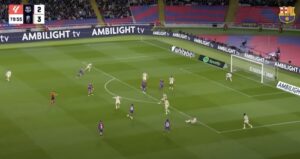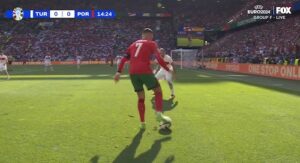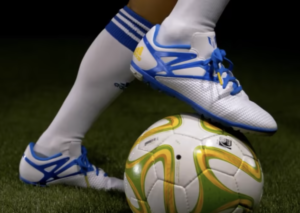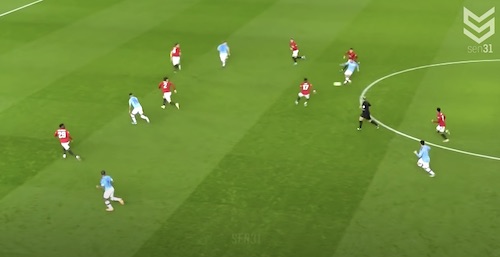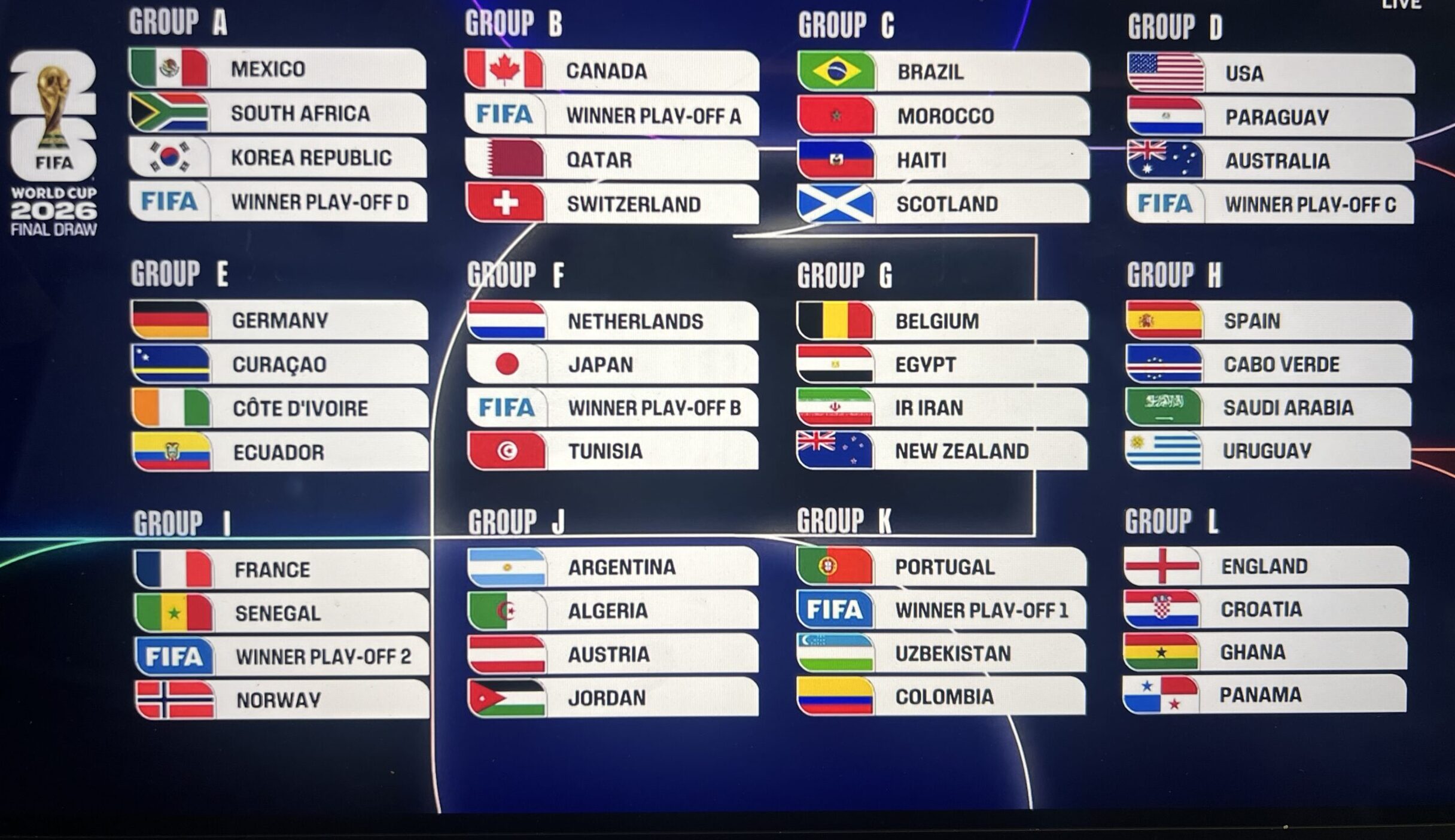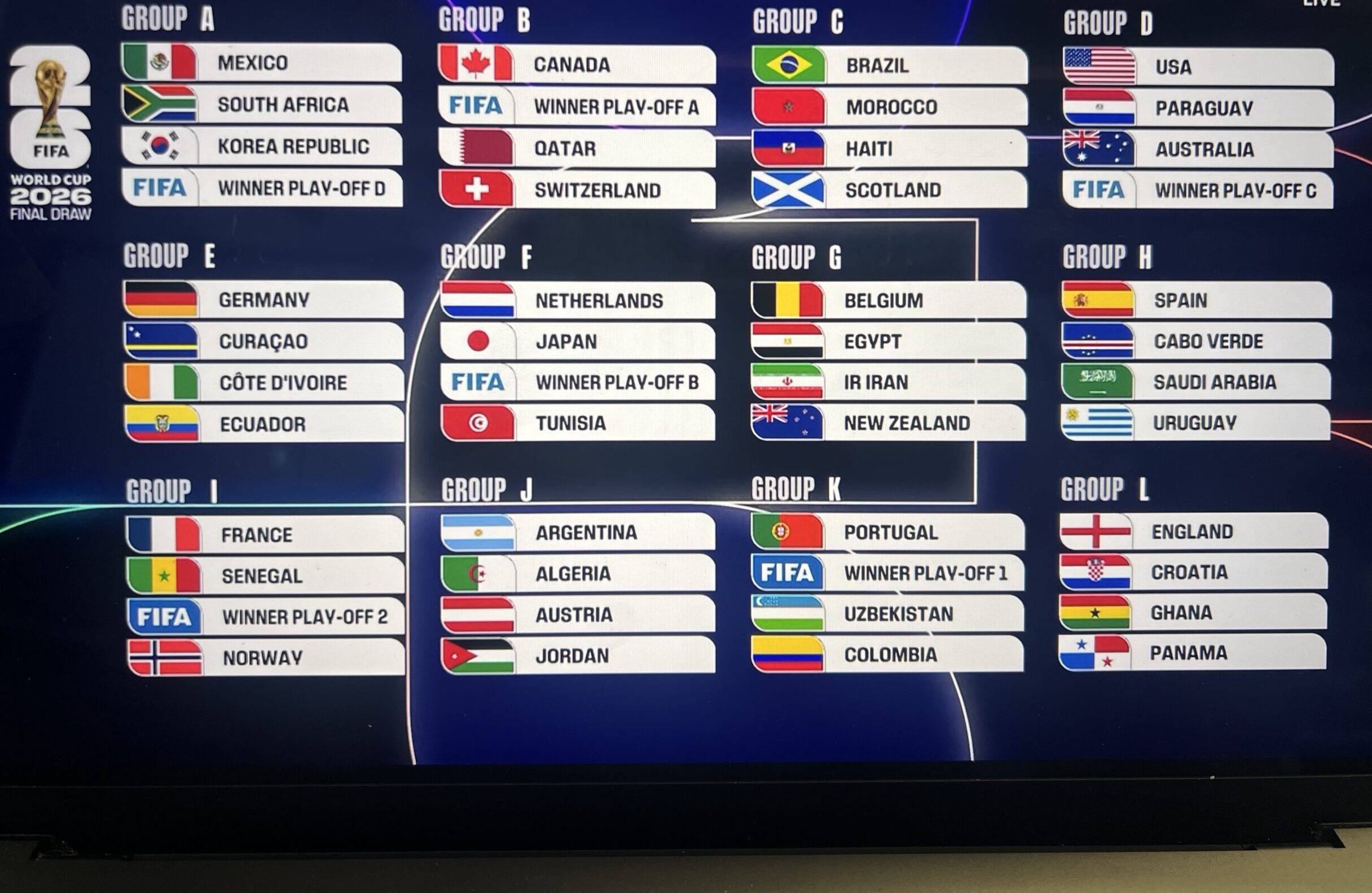Soccer passing patterns continued. Master the art of keeping the soccer ball by learning soccer passing patterns. Now that we’ve discussed the importance of running through game-like soccer patterns on the previous page, here are some useful passing drills, patterns, and tips you can put into practice on the soccer field. Ideally, you want to play that killer pass in behind the defense that cuts all the defenders out of the play.
Perfect passing takes perfect passing though. Learning how to read the field and know what types of runs your teammates are going to make and when. The idea is to get creative, and add in a variety of passing movements and runs that players might make in a real game. Start by putting rules in place, such as the players have to play with just two touches and they must do one wall pass before they can score, and then progress to where the players are coming up with their own patterns and ideas for when they can go to goal.
The Art of Soccer Passing Patterns
The Art of Soccer Passing Patterns. When Football Becomes Art featuring Xavi Andres Iniesta Guti Andrea Pirlo Kevin de Bruyne Thiago Alcantara David Beckham Toni Kroos Mesut Ozil Ricardo Kaka Paul Pogba Marco Verratti Cesc Fabregas Xabi Alonso and more.
FREE Soccer Training Tips from Coerver Coaching: Enter your email address at this link to start your free soccer training tips: Six Steps to Soccer Success. Find Out Why Over 70,158 Coaches Love Coerver Coaching. Learn more about the The Coerver Coaching Method.
Full Field (11 players):
To start, the keeper throws or punts the ball to the forward, who controls the ball and plays back to a defender or midfielder.
In this run through, the idea is to develop a passing pattern where each player on the soccer field gets a touch on the ball and a series of a wall passes, dribble exchanges, overlaps, and a long switch, are included in the routine before you can go to goal and try to score.
Once the defender has to ball put in a rule where they have to play the ball to another defender and the ball can’t move forward until all the defenders have gotten a touch on the ball. Then apply this same rule to the midfielders, so once the ball goes forward to the midfield each player has to get a touch. This means the ball has to move across the field, so your team is working on spreading the ball around and switching play.
Finally, put in a rule where the players must do one wall pass, one dribble exchange, one long ball, and one dribble exchange before they can go to goal.
Half Field (6-9 players):
The left defender plays the ball to the center midfielder, who then plays it to the right back (switching the field). Right back plays the ball to the right midfielder who plays the ball back to the right back.
From there, the ball is served into the forward who is checking back to receive the ball. The forward lays the ball back to the center midfielder – who plays the ball to the right or left back, as both defenders are overlapping on the outside. The forward and center midfielder make near and far post runs and the remaining midfielders crash the box for a ball that might pop back to them.
Small Space (top of the box; 3 players):
Begin the drill on the far corner of the top of the box. Right midfielder does a dribble exchange with the center midfielder, who takes the ball down the line and whips in a cross to the forward and right sided midfielder.
Incorporate the wall pass and overlap into this pattern along with the dribble exchange. Vary the passes. Play the ball short so the player has to come back to the ball. Play the ball sharply so they have to play one touch. And then when playing the ball to the player for the cross, play the ball hard to their feet so they have to control the ball and also out in space and down the line so they have to run on to the ball – vary the pass in other words to their feet and down the line. Again, the idea is to do things just like they would be done in a game – at a realistic pace.
Elements to focus on when running through patterns in soccer training:
- Communicate. Say man on or turn, dictating how the pattern will evolve. If someone says ‘turn,’ then the ball or pattern will need to go forward. If someone says ‘man on,’ then the ball will come back again and maybe the ball will be switched to the other side of the field before the ball goes forward again.
- Move in your position’s sphere, as in make short, angled runs back to receive the ball or cuts into the space in the area you will operate in a game.
- Every player should get a touch before a cross or shot is taken.
- Add in a few defenders as the drill progresses and have them just play at half speed, winning obvious poo or lazy passes.
- Vary the passes. Play balls in the in the air, on the ground, and or chipped (lofted passes). Then try playing passes only in the air or only with the right or left foot.
- Play driven balls into players not slow passes that won’t work in a game.
- Require the players to score with their heads in one series. So the goal will most likely have to come from a cross.
- Insert one long switch before you can go to goal (switch must be in the air), say a long pass from the right fullback to the left midfielder.
- Run through a set of passing patterns where everyone must play the ball into two or three touches – no one touch passes but everyone must control the ball.
- Can you run through a passing pattern where everyone plays one touch. This requires players to time their runs and move off the ball so they are there in support of their teammates.
- Again, run through these passing patterns as if you’re playing in a game with an opposing team closing you down as fast as they can. If something doesn’t seem game like then it’s probably not. Make the passes sharp and all the touches right.
- Setup a triangle in the midfield where a series of passes are made in a tight space and then a long ball is played to get out of pressure.
Next: Learn more about passing and crossing at these pages:

